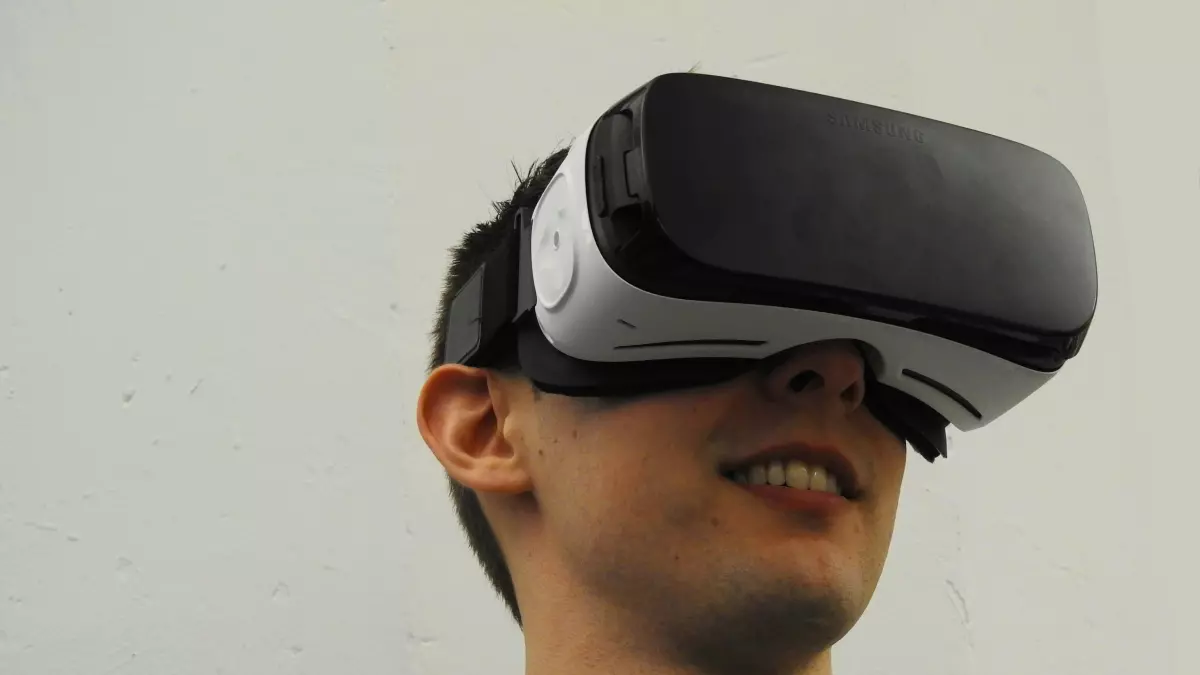Tech Dreams Fading
Remember when Microsoft was going to change the world with HoloLens and Windows 11? Well, things didn’t exactly go as planned, did they?

By Sarah Kim
It’s kind of like comparing a flashy concept car to the one you actually drive every day. Microsoft’s HoloLens and Windows 11 24H2 were supposed to be the sleek, futuristic vehicles of the tech world. But now, one’s gathering dust in a metaphorical garage, and the other’s just had a major tune-up that left some parts on the cutting room floor. So, what happened?
Let’s start with HoloLens. When it first launched, it was like something out of a sci-fi movie—augmented reality (AR) that could blend the digital and physical worlds. But fast-forward to today, and Microsoft’s AR dream is looking more like a nightmare. According to Business Insider, Microsoft has lost billions on the HoloLens project, and its military contract for the IVAS headset is in serious trouble. That’s a far cry from the world-changing tech it was supposed to be.
On the other hand, Windows 11 24H2 has also seen its fair share of casualties. While it’s not as dramatic as HoloLens, the latest update has quietly killed off some features that once held promise. WordPad, for instance, is officially dead. And let’s not forget the mixed reality features that were once touted as the future of computing. Now, they’re just a footnote in the Windows 11 saga.
The Rise and Fall of HoloLens
When HoloLens was first introduced, it was like a breath of fresh air in the tech world. Augmented reality was still a relatively new concept, and Microsoft seemed poised to lead the charge. The headset was marketed as a tool for everything from gaming to industrial applications. But somewhere along the way, things went off the rails.
One of the biggest issues was the price. At around $3,500, HoloLens was far from affordable for the average consumer. Sure, it found a niche in industries like healthcare and engineering, but it never gained the widespread adoption Microsoft had hoped for. Then came the military contract, which was supposed to be a game-changer. The U.S. Army placed a massive order for the IVAS headset, which was based on HoloLens technology. But according to Business Insider, the project has been plagued by delays and technical issues, leading to doubts about its future.
So, what went wrong? In a word: execution. Microsoft had the vision, but it couldn’t deliver on the promise. The technology wasn’t quite there, and the use cases were too niche to justify the high cost. And now, with billions lost and the military contract in jeopardy, it’s unclear what the future holds for HoloLens.
Windows 11’s Quiet Farewell to Features
While HoloLens was a bold, ambitious project that ultimately fell short, Windows 11’s story is a bit more subtle. The latest update, Windows 11 24H2, has quietly removed several features that were once considered key to the operating system’s future. WordPad, for instance, has been officially retired. It’s not exactly a headline-grabbing story, but for anyone who grew up using WordPad, it’s a bit of a nostalgic loss.
Then there’s the mixed reality feature. When Windows 11 was first announced, Microsoft made a big deal about how it would integrate with AR and VR headsets, creating a seamless mixed reality experience. But now, those features are being phased out, and it’s clear that Microsoft’s focus has shifted elsewhere. It’s a bit like watching a magician pull off a trick, only to realize later that the rabbit never actually came out of the hat.
So why is Microsoft abandoning these features? It likely comes down to priorities. The tech giant is focusing more on cloud computing, AI, and other areas where it sees more potential for growth. Mixed reality, while cool in theory, just didn’t catch on the way Microsoft had hoped. And WordPad? Well, let’s be honest—it was probably time to let that one go.
What’s Next for Microsoft?
So, where does Microsoft go from here? For HoloLens, the future is uncertain. The company may try to salvage the project, but with billions already lost and the military contract in jeopardy, it’s hard to see a clear path forward. Augmented reality is still a promising technology, but Microsoft will need to rethink its approach if it wants to stay in the game.
As for Windows 11, the operating system is still going strong, but it’s clear that Microsoft is shifting its focus. The removal of mixed reality features suggests that the company is moving away from AR and VR, at least for now. Instead, Microsoft seems to be doubling down on cloud computing and AI, areas where it has a better chance of dominating the market.
In the end, both HoloLens and Windows 11 serve as reminders that even tech giants like Microsoft can stumble. The company had big dreams for both projects, but in the end, reality didn’t quite match up to the vision. That said, Microsoft has a long history of bouncing back from failures, and it’s likely that the lessons learned from HoloLens and Windows 11 will inform its future endeavors.
So, what’s the takeaway here? If you’re a tech enthusiast, it’s a reminder that not every innovation will be a home run. Sometimes, even the most exciting technologies fall short of expectations. But that doesn’t mean the dream is dead—it just means it’s time to pivot and try something new. And if there’s one thing Microsoft knows how to do, it’s pivot.
Looking ahead, it’s clear that Microsoft is betting big on AI and cloud computing. These are the areas where the company sees the most potential for growth, and it’s likely that we’ll see more innovations in these fields in the coming years. As for HoloLens and Windows 11’s mixed reality features, they may be down, but they’re not necessarily out. Who knows? Maybe in a few years, we’ll be talking about the next big AR breakthrough, and Microsoft will be right back in the game.





